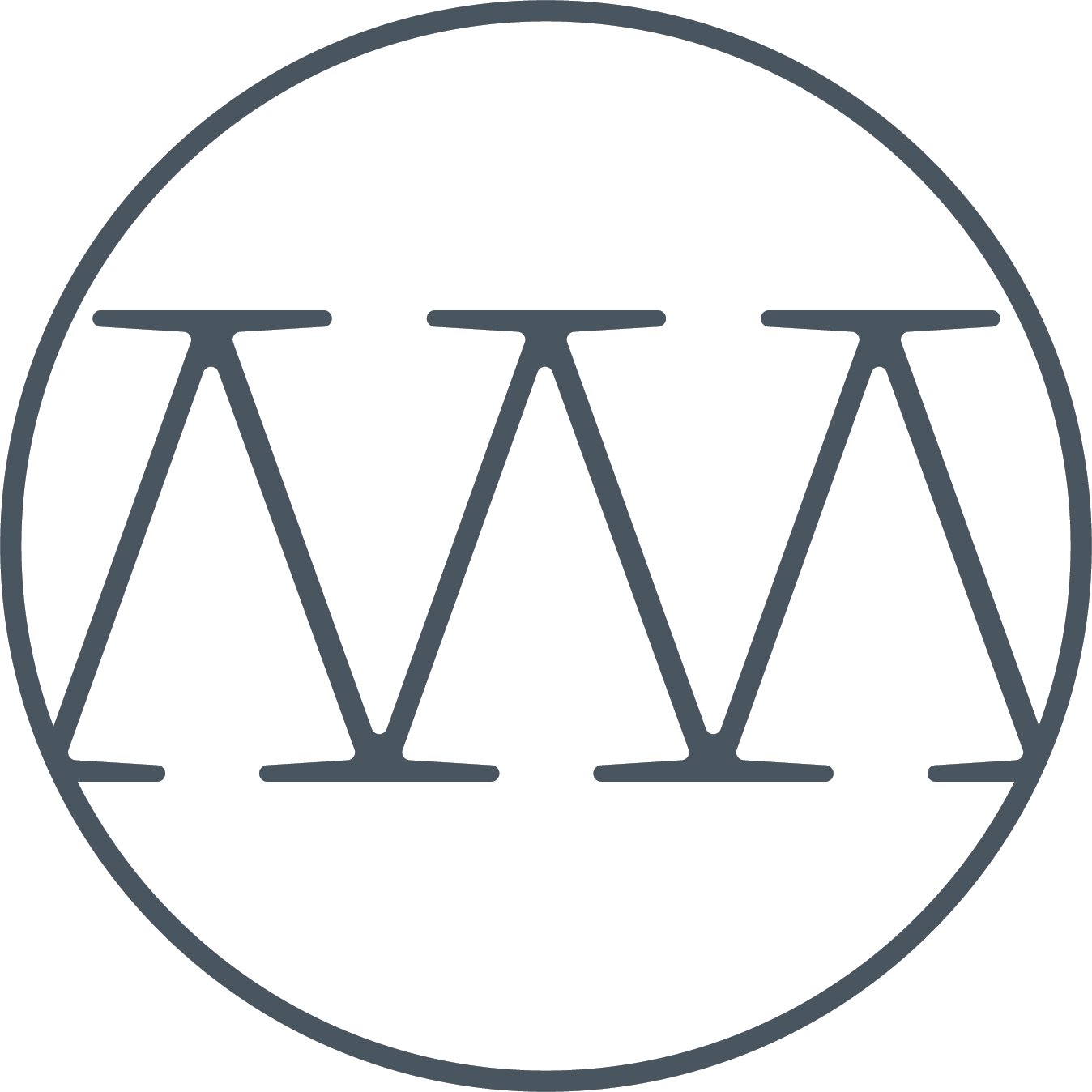5 Crucial Factors That Can Help You Avoid Manufacturing Mistakes
Turning your brilliant idea into a tangible product is exciting, but it may sometimes feel overwhelming. How do you translate your concept into a sewable product? You may have the skills to sketch your idea on paper, but creating a pattern and sewing samples is a skill set most new entrepreneurs don’t have, and that’s okay! Helping you prepare for manufacture is exactly where I step in to help you make your vision a reality and prepare for manufacture.
While the journey is never a straight line, there is a proven process to reach success as long as you take the time to pursue these five crucial factors.
#1 Creating a Professional Pattern
Have you ever enjoyed a delicious meal at a restaurant and then tried to recreate it at home? You may get close to the taste, but without the ingredient list and the right proportions, it’s next to impossible to replicate the exact meal or what made it so tasty in the first place.
The same goes for garments and sewn products. Without a pattern, whoever is cutting and sewing the material is guessing the size and shape required for each piece. Guessing means the results will be mediocre at best. While “Good Enough” might be okay for your dinner, it won’t work for your products or your business because it leads to costly revisions and delays in getting to market.
In most cases, manufacturers will reject a project that doesn’t include a pattern because their factory doesn’t have time to guess what you need.
#2 Having a Sewn Sample that Matches Your Pattern Perfectly
A world-class chef will not promote a recipe until they know it’s good and their customers enjoy it. This requires creating a recipe and cooking the dish so it’s ready for a taste test.
The process is the same with sewn garments. You need to sew samples of your product from your pattern to ensure the results match your vision. If the result isn’t perfect, you can adjust the pattern until it is. Then, you can take your sewn sample and test it on real people.
Working with a professional pattern maker will help make this step easier, especially if you need to refine any details. Professional pattern makers can advise on fabrics, materials, cuts, and finishes to help you achieve your concept.
#3 Testing Your Product in the Real World
Just because you have a pattern and a sample doesn’t mean you’re ready to manufacture. Testing your product in the real world is an essential step in product design that should never be skipped! Just as the chef will test their new recipe on patrons to gather feedback, you should also test your garment with your ideal customer to gather their input.
It’s always a smart move to test, iterate, and perfect your product before investing in manufacturing. It’s far less stressful and expensive to fix mistakes early on.
Some of the elements you’ll want to test may include:
Material test - Does the garment drape and move how you want it to? If not, choose a different material.
Function test - Is the garment comfortable? Will it perform in the intended setting or elements? If not, you can make adjustments.
Dye test - Is the color what you envisioned? If not, you can make new decisions before investing further in a full production run.
While you might have your own thoughts on your sample, it’s important to seek out your target market for their feedback as well.
#4 Investing in a Professional Tech Pack
You wouldn’t expect a builder to construct a house without a blueprint, nor would you attempt to assemble an Ikea product without the instructions. Doing so would create unsafe results, a finished product that doesn’t match the design, and (in the case of Ikea products) unexplained extra pieces!
Having a tech pack helps mitigate risks for both you and your manufacturer. The professional pattern tells the factory what pieces to cut and how many, while the tech pack provides detailed instructions on how to sew the pieces together and in what order. With clear instructions in a language the factory understands, your manufacturer can create the same results you already tested and approved.
#5 Owning Your Process
The final factor that will help you avoid mistakes in manufacturing is also the most important, and that is owning your process. You’re the designer, the entrepreneur, the business owner. If you don’t stay informed on what is involved and expected of you in the product development process, no one else will!
It’s your responsibility to know what you need and ensure you have all the right pieces in place before you move to manufacture. But this doesn’t mean you need to know everything immediately or all the time. When in doubt, consult a professional to educate and guide you through all the steps.
Get Inspired by Entrepreneurs Just Like You!
If you’re new to product design and development or have made costly mistakes in the past, you can get inspired by our portfolio of successful entrepreneurs who started with a brilliant concept, just like you!
And if you’re ready to work with a professional to get your product idea to manufacture, you can jump into our proven process where it makes the most sense for you.

